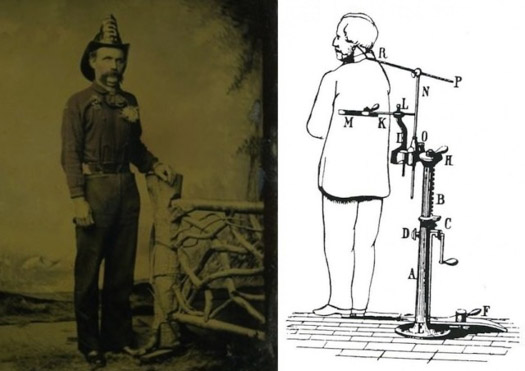In Toronto some years back, a friend’s younger sister had asked me a question which I was entirely unprepared for. After having just witnessed me shout out all but one correct answer in an episode of Cash Cab, the TV game show, she must’ve felt I was an authority on completely useless information, and asked, ”What were people good at a hundred or so years ago?” Now, I’d been ready to answer questions to list West African dictatorships, or Bond villains in chronological order, or perhaps some obscure fact about JFK, but I was stumped.
[REWIND: Norman Reedus Of ‘The Walking Dead’ Talks Photography & His Main Tip for Photographers]
For some inexplicable reason I vaguely remember saying something along the lines of, “dying,” to which she just gave me a far off look and walked far away. Had she asked me more recently, I would tell her that people in the Victorian Era seemed to be fantastic at dealing with death, rather than implementing it. Sure it was a bit of a renaissance in terms of morality, social reform, and communication revolution, but it was also a time of photographic development, and part of what drove this development was actually death itself. Post-mortem Photography, to be precise.
What Fueled This?
The invention of the daguerreotype brought the option of memorializing loved ones into the realm of affordability for the masses. Then the ‘Carte de visite’ made duplication of small prints easy and amore affordable. It became very popular in the Civil War where military men could mail them in small envelopes. It was all far less expensive than commissioning a painting, and within a few decades even the daguerreotype was phased out for smaller, cheaper, quicker methods. But some of this development was driven by the fact that people wanted their loved ones memorialized, and often chose to do it after they’d died. It was one of the only times many family members would come together.
A lot of this was centered around children due to the high infant mortality rate, but even those of a geriatric persuasion were posed. People rather would have a photo of a dead loved one than none at all. It moved from photos of the body dressed in the coffin, later to manicuring the deceased into a lifelike state, with full dress etc, and posing them in seemingly natural environments. Some went as far as using braces to pose them standing and having the eyes open, and blush added to the cheeks on the photos.
It’s hard to think of doing this today, as death is treated much differently, but it’s incredible to see one area of photography much overlooked, even though it was crucial in the form’s development.
Via: io9.com













